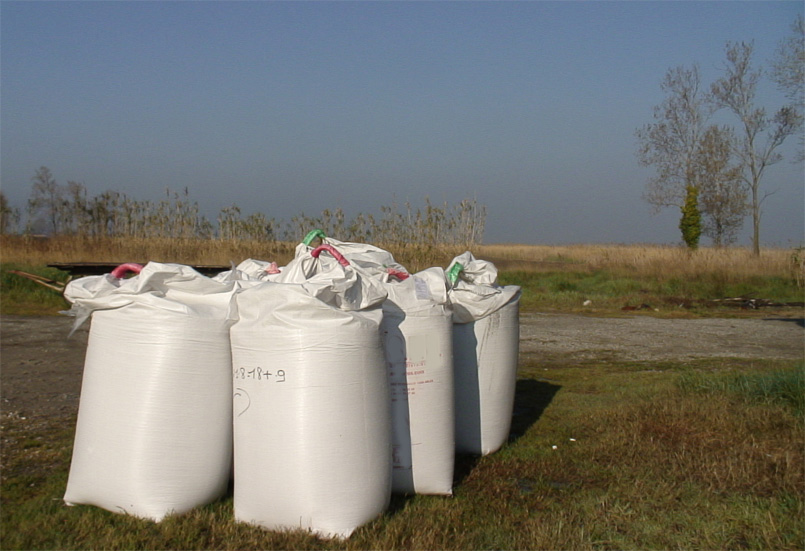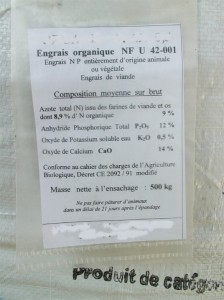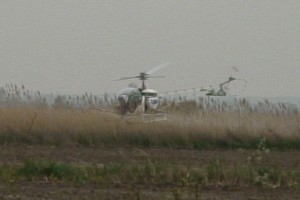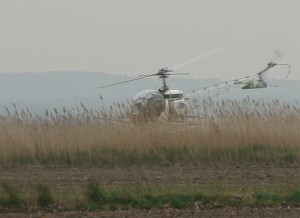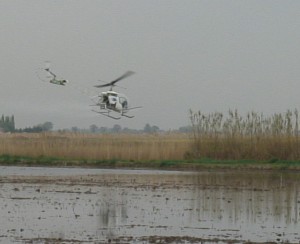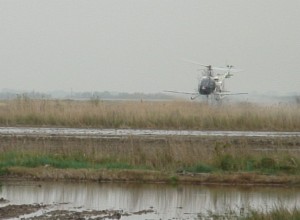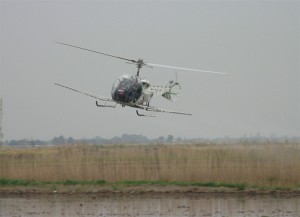Cows are talking to us : we need food biodiversity
July 25th, 2009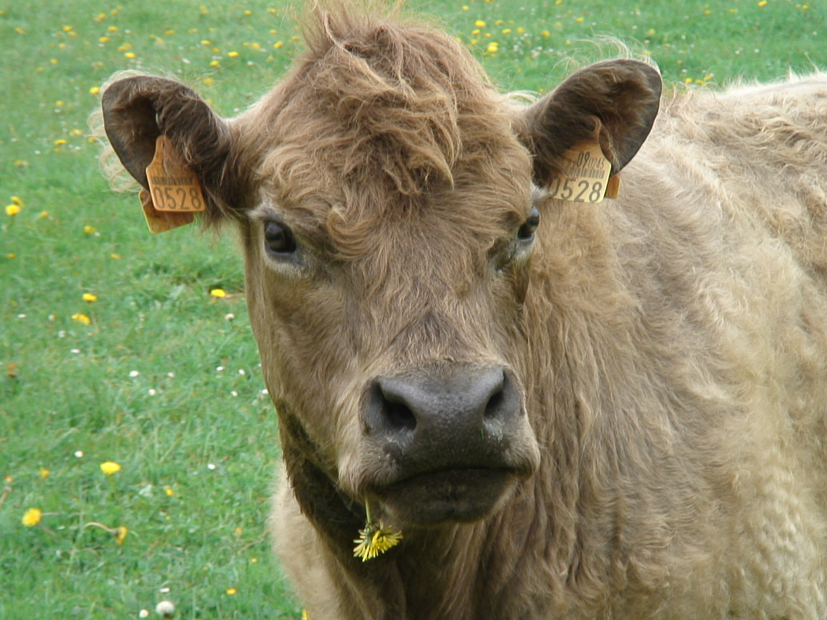 Most of cows’ illnesses come from their food. It is the biodiversity of what they eat that build their Immunitary defenses; beware excesses, they can destoy these defenses in a glimpse.
Most of cows’ illnesses come from their food. It is the biodiversity of what they eat that build their Immunitary defenses; beware excesses, they can destoy these defenses in a glimpse.
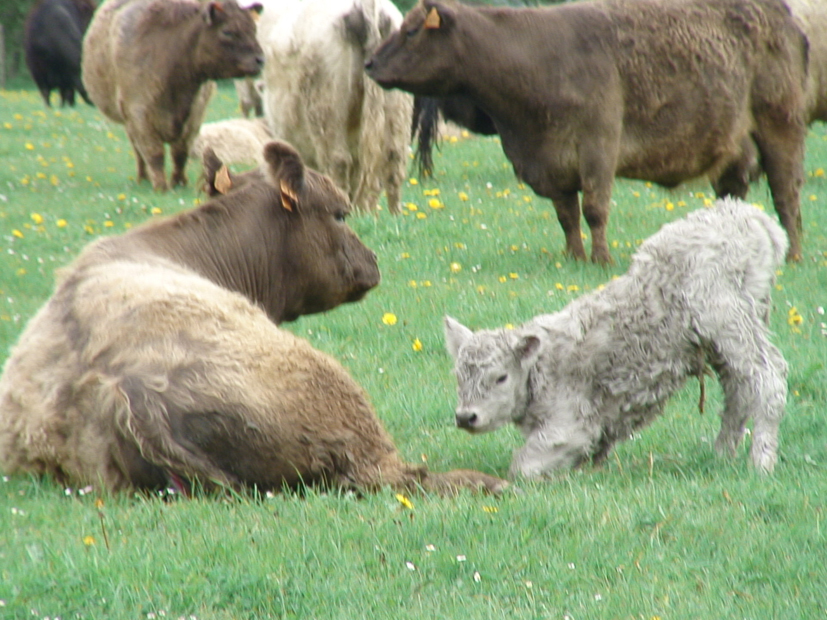
It is the same for man. On a cow it shows almost immidiatly; on man, one gets used to it. For a cow a lack of balance in its meal shows immidiatly on its hair, on the side of its eyes, the cleansiness of its back, the grease of its leather, its liquid shit… A cow constantly talks to us about its’ health : we need to observe it to correct its’ food properly, for the sake of its’ health.
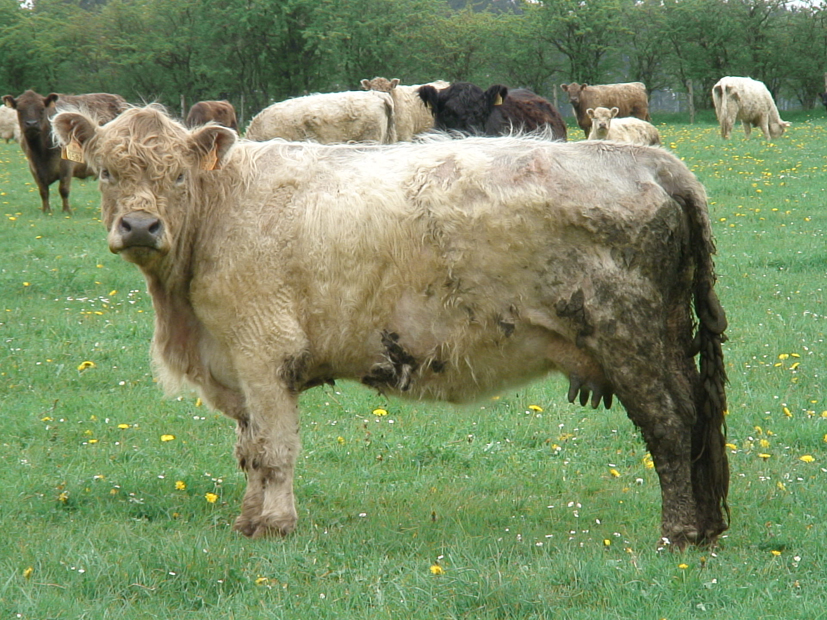
Otherwise these excesses are going to provoque mamites, parasitisms, with abortion and death of young ones.
How can this happen ? A field is overwhelmed with clover, viscia or lotus. Nothing wrong withn this, on the contrary it helps all the gramineas to grow faster; but in excess these leguminous bring too much nitrogen to the everyday menu of the cow : immediatly the cow dung becomes liquid. Then the back gets dirty, small crystals appear on the side of the eyes, the fur becomes messy. In a few days it start to leak its back and grate itslf compulsively, parasitism is starting …
If 2/3 f the cattle shows th same symptoms, you need to take this for serious and act, without mentioning that the white clover Trifolium repens when flowering produces cyanidrides which can be fatal to young bulls.
In fact it happens exactly the same thing if a man would have a year round partying eating and drinking all his soul. The cow tells us though these signs that she eats too much quick fermentable sugars associated with too much nitrogen… the party goes on, but measure for measure. The cow tells us she desparatly needs efficient fibers, rape with lots of very slow sugars.
In case we do not respect what the cow says, the vet bill will skyrocket. The farmer will have to invest in tons of various vaccines to fight against mamites, parasites, blue tong… In reality he acts like he is breaking the thermometer, he cures more the signs of the unbalanced situtation than too the real problem which can have greater consequences in the long term. The problem solved in one end will reappear shortly at the other end.
These simple statements which were shared by all breeders before seam to be totally avoided by agronomy schools today. Only, from what I know, one man Dr Bruno Giboudeau a passionate vet has publicly raised the problem and brought a solution with his theory OBSALIM, which stands for alimentary observation.
In fact, excesses are far more dangerous than the countrary. Comw is ment to eat grass and fibers. But the great majority of the farmers of the world give them corn and soya pies.
In Argentina 80% of the cows ar raised in Feed-lots, sort of concentration for ruminants, with GMO soja pies, residu from biodiesel production. These cows in their artificial environment are totaly incapable of grabbing what they need to build up their immunitary system, therefore the local vet are feeding them with all the pills and vaccine possible for them too reach a reasonable weight too slaughter them… then man eat them, with all their pharmacy…
The problem is also in all the technology flash in the eye which brings the farmer to confuse productivity with profit. The GMO ready made package, with herbicides, seeds and fertilizers raise their price a 25/30% each year. pills and vaccines you need more every year..
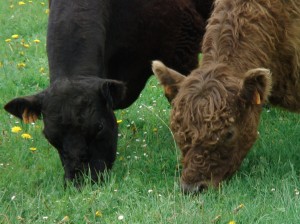
But in France or Belgica, where officialy GMO seeds are not officialy planted… except the ones bought in Spain and passed through the gentle customs to be planted by the all time rebel paysant… but anyway the GMO soja torts are imported from Brasil…
But when the cows are raised with natural pasture. Some of the land will be left for hay for the winter. The man will like this hay to be top quality. So he will start fertilizing it… always more, 3/4 crops a year… Suddenly an explosion of dandelion Taraxacum off. … this is phase 1, the field is all yellow. Then buttercups Ranunculus acris and wild sorrel Rumex obtusifolia... phase 2, when nitrogen of the soil turn into nitrites pathogenous to animals and man who eats them or drink its milk. Nitrites 3+, make activ ions in comparison to nitrogen 2+, with the particularity to weaken all antioxydants. So beware.
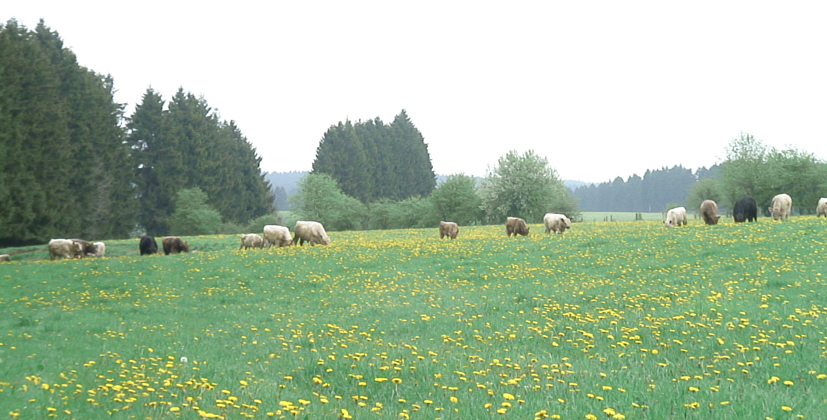
There again, organic or not, the farmer will spread fertilizer without questioning the state of his soil.

Is this lot of cow dung really composted? have bacterias had time to transform it? with the cold in some areas it can take a few years… here the compost is still pathogenous for a hay to be eaten by the cattle. But noone thinks it can be harmfull for the cattle during winter.
Therefore it is so important to pay attention to the biodindicator plants. They can tell you about the quality of your hay and the action (or inaction) to take to secure the health of the cattle.
So, during each mission we tend to form the paysants so that he can react the earlier possible to preserve the health of his cows. When h invest in a 2/3 days diagnosis, it costs him usually a tenth of what he would have paid for the vet and the drugs later without advise. But our main aim is to form them with the basics so they can have the keys to follow up their knowledge by themselves free of charge. This is what we do in Europe, France, Belgium, Spain, where we still have fabulous meats, but this what we are also lucky to do in Argentina, where we would like to find again the once known as bet meat of the world.
This is a work of passion which requires rigour in terms of traceability, but also in the sustainability of the production, the best pastures possible as well as the O carbon footprint in terms of recycling all pollution of 8000 cows on 100 000 acres, as well as the preservation of the nature and wild areas which are huge reserve of biodiversity vital to the cattle and its health, as well as for the future of the domain.
Last but not least, if one likes meat, it must remain a pleasure of exception, not to be eaten everyday. Only go for the best. A quinotto or a dish mixing cereal nd leguminous plants is as nutritious as meat, with 10 000 less impact on the planet.
Like for the cows we should multiply the pleasures and benefit from the biodiversity of our food; it will diminish the doctor’s bill efficiently…
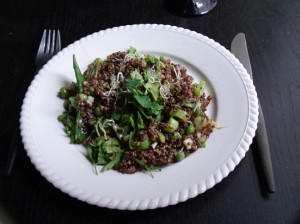
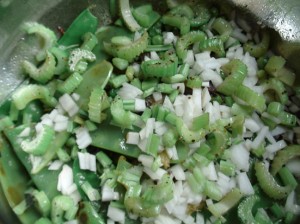
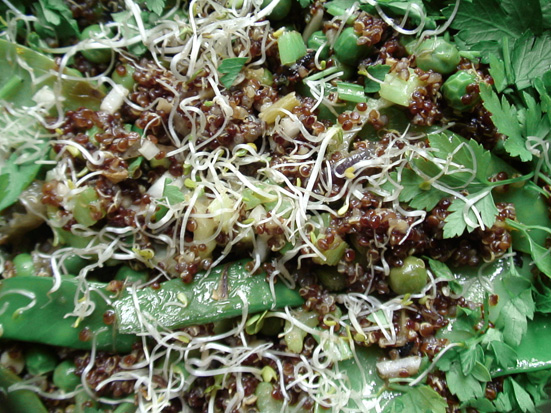
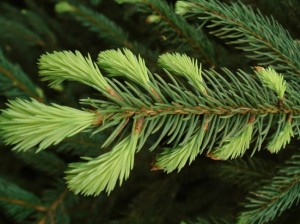
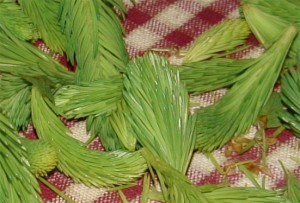 pick the tender sprout of the epicea.
pick the tender sprout of the epicea.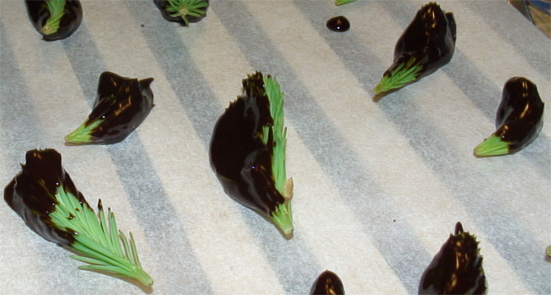
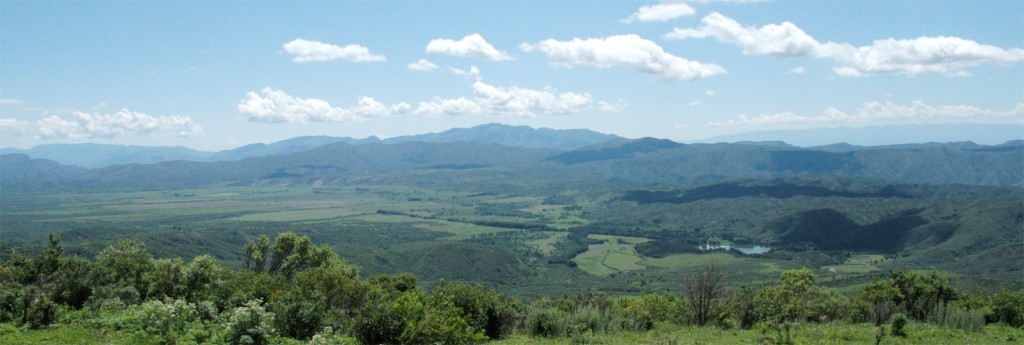
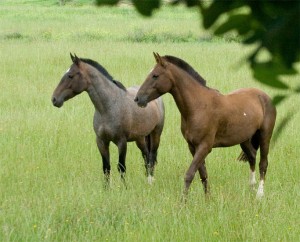 ; dont forget that the primary biotope of horses is wood.
; dont forget that the primary biotope of horses is wood.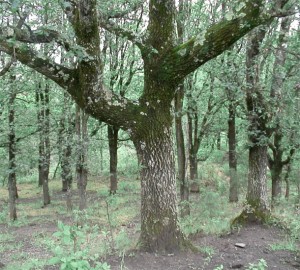 If you have an old forest close by, you will link it with your young trees by a path of wood chips which will make a web between all the trees, which will make the mycelium run.
If you have an old forest close by, you will link it with your young trees by a path of wood chips which will make a web between all the trees, which will make the mycelium run.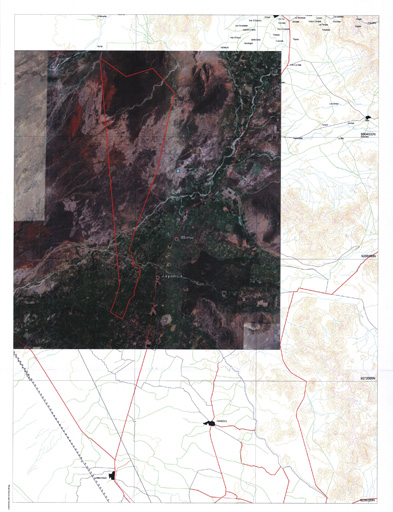 Here is the 30 000acres domain on the surface satelite image.
Here is the 30 000acres domain on the surface satelite image.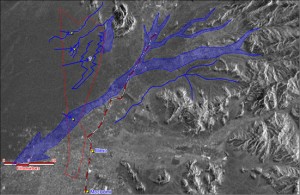
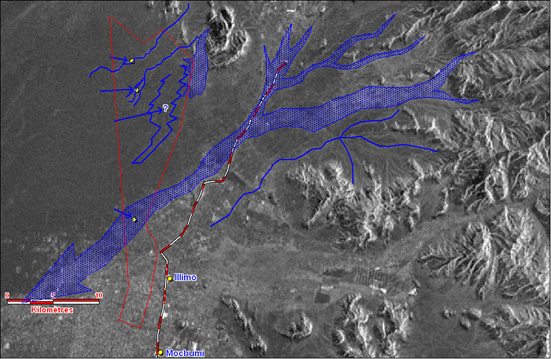
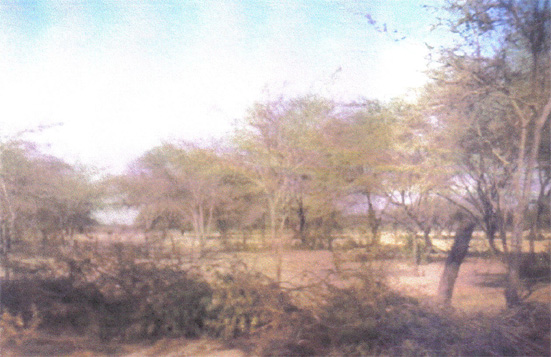 Deeper, we go minus 30m meters underground.
Deeper, we go minus 30m meters underground.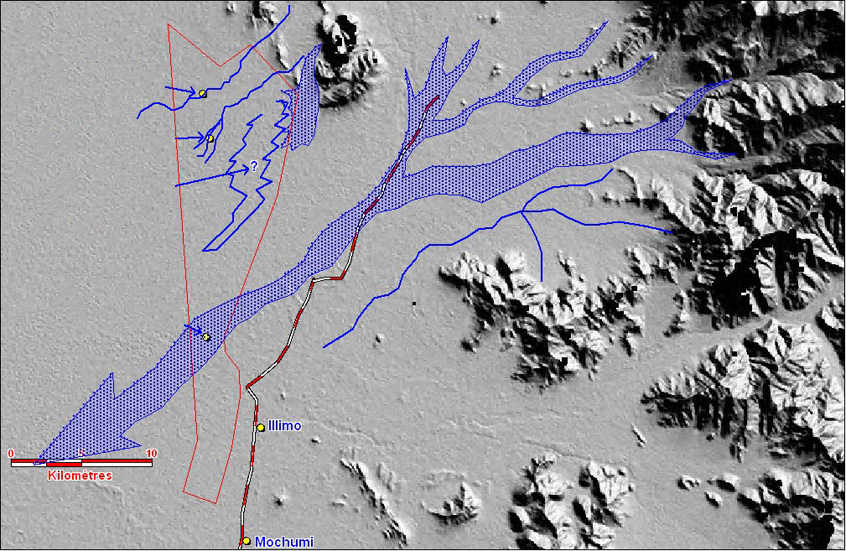
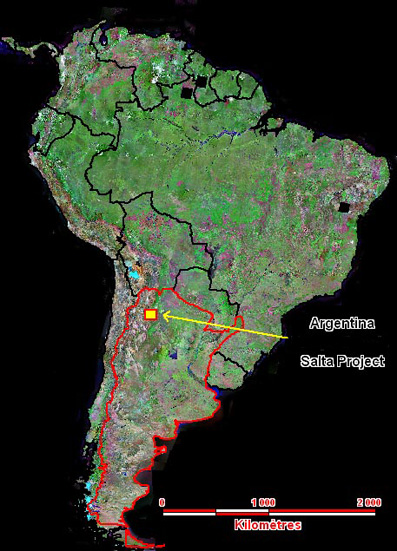 The dark squares are apparently sites that the army doies not want us to see. Lets get closer to where we work :
The dark squares are apparently sites that the army doies not want us to see. Lets get closer to where we work :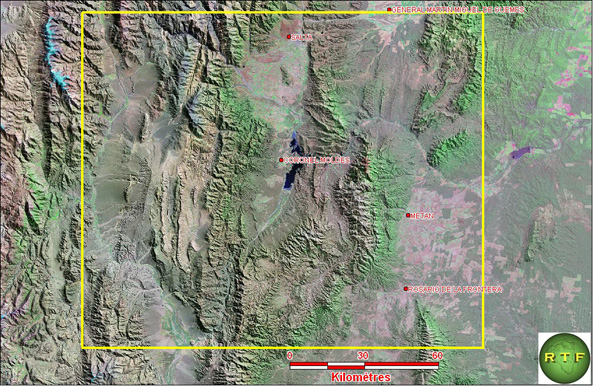 Closer. Her we have targeted a little to high; we arrive just in the lake where goes all the water of the estancia we are advising.
Closer. Her we have targeted a little to high; we arrive just in the lake where goes all the water of the estancia we are advising.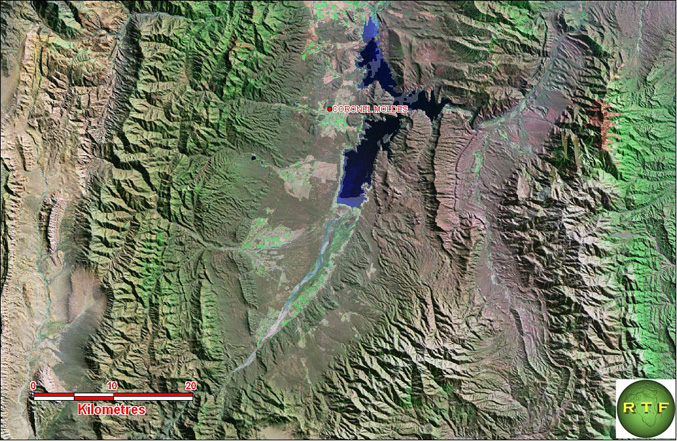 Lets get closer and play with the image so that we can understand the geological process, teh different rocks and the impact of water on the spot. First an image to get a global view on the whole region.
Lets get closer and play with the image so that we can understand the geological process, teh different rocks and the impact of water on the spot. First an image to get a global view on the whole region.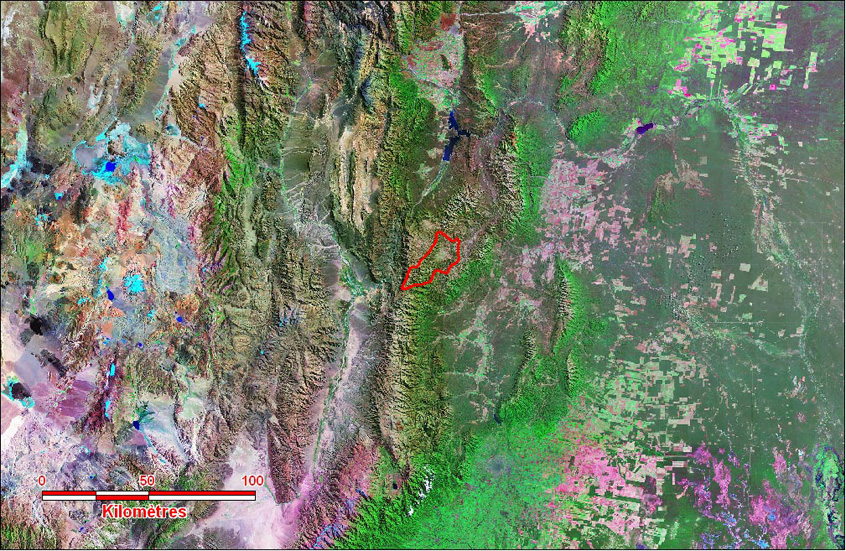 This image shows the climat impact on the domain.
This image shows the climat impact on the domain.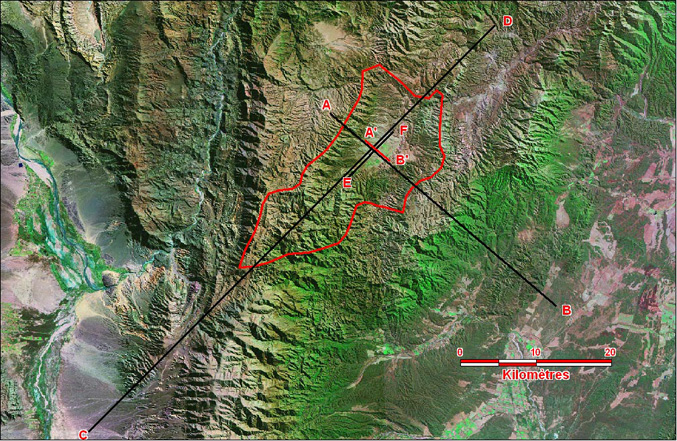 This land is dreadfully less green than it should be. Far less than the spaces untouched by man. What has happened?
This land is dreadfully less green than it should be. Far less than the spaces untouched by man. What has happened?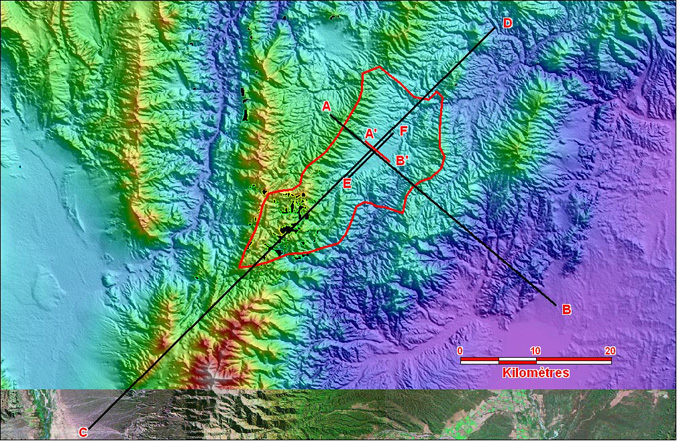 Toute l’eau du domaine se dirige vers B’ et l’on dirait que rien ne pousse là.
Toute l’eau du domaine se dirige vers B’ et l’on dirait que rien ne pousse là.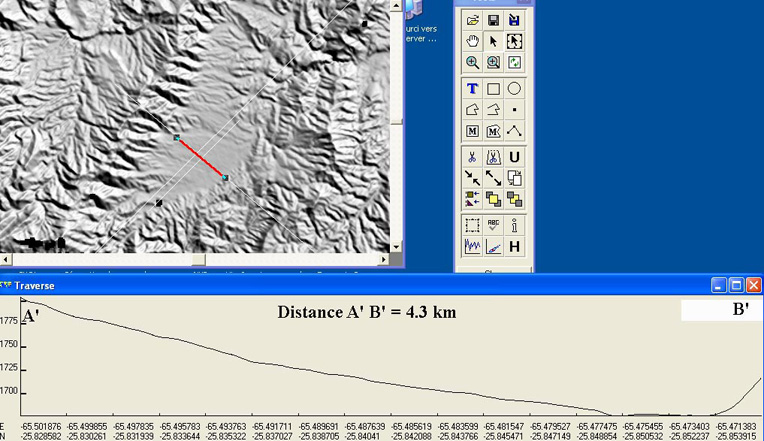 The whole land is in total erosion. We have here alluvions which are all taken aay by the river: look at the cross sections to better understand the process :
The whole land is in total erosion. We have here alluvions which are all taken aay by the river: look at the cross sections to better understand the process : What on the ground seems flat is absolutly not in reality. Giving the fragile composition of the soil, at long term everything can collapse to become a canyon. We must protect the sites which already shows sign of transformation in canyon. Avoid all kind of treading by the cattle in some area. lets get closer:
What on the ground seems flat is absolutly not in reality. Giving the fragile composition of the soil, at long term everything can collapse to become a canyon. We must protect the sites which already shows sign of transformation in canyon. Avoid all kind of treading by the cattle in some area. lets get closer: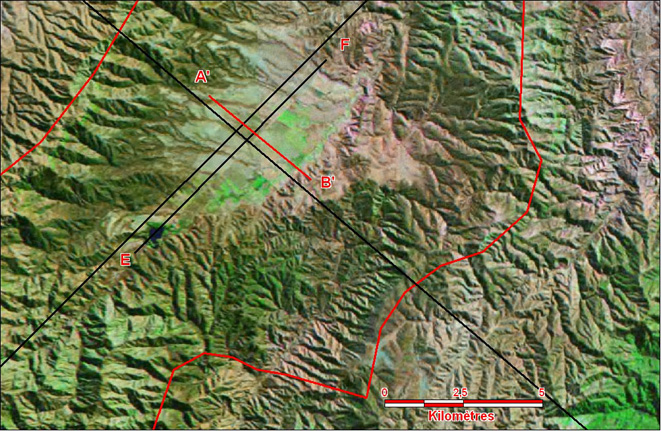
 If we do not act, everything is going to collapse gently. We must avoid all kind of chemicals, forbid glyfosate, stop weeding. In order to prevent erosion we must count on any plant possible to retain the soil.
If we do not act, everything is going to collapse gently. We must avoid all kind of chemicals, forbid glyfosate, stop weeding. In order to prevent erosion we must count on any plant possible to retain the soil.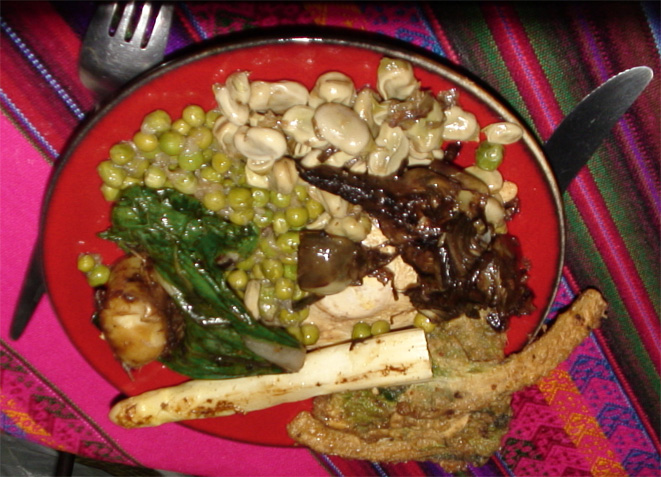 At last Spring has arrived in our plates, in this night of May .
At last Spring has arrived in our plates, in this night of May .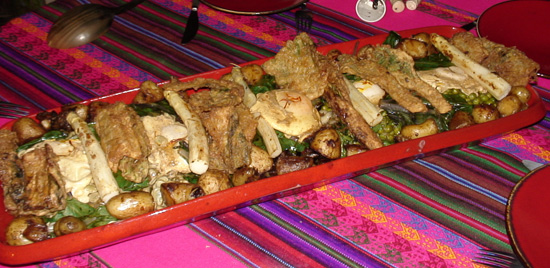
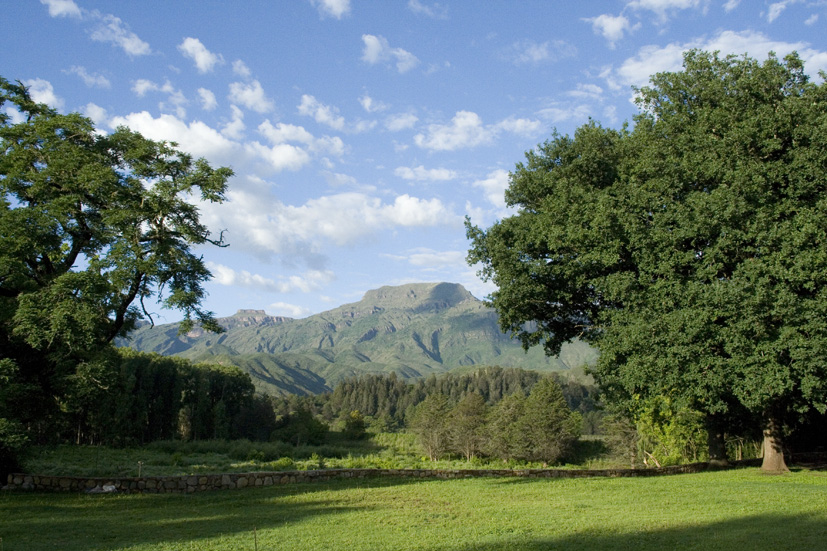
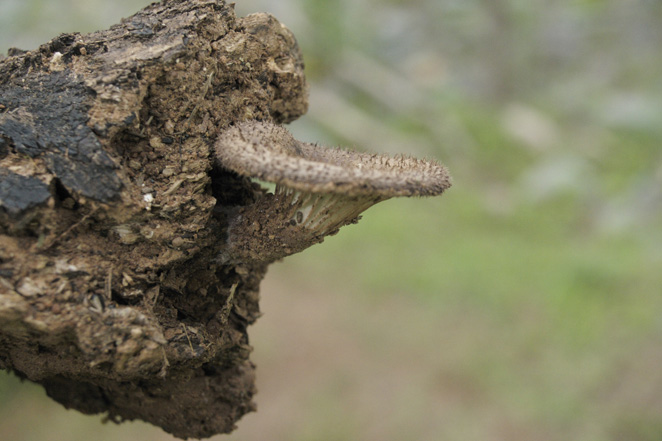
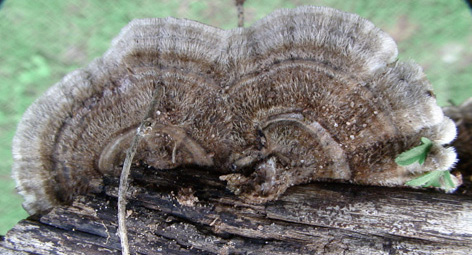
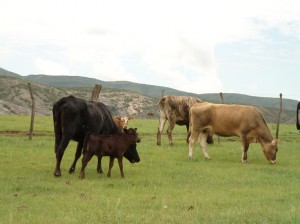 “My dear man, when I was making my cheese, my cows were producing 3000 litres of milk per year; now they are producing ten times more… the grass is still the same… Sorry such a cheese is impossible to make again.”
“My dear man, when I was making my cheese, my cows were producing 3000 litres of milk per year; now they are producing ten times more… the grass is still the same… Sorry such a cheese is impossible to make again.”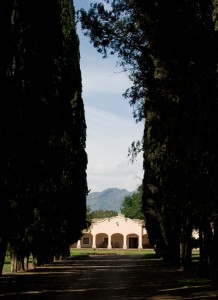
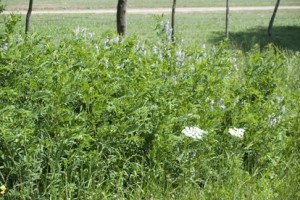
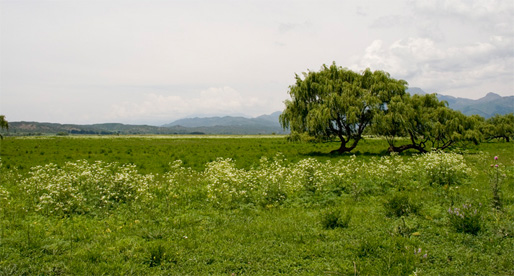
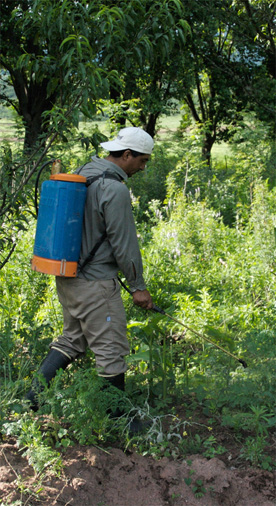
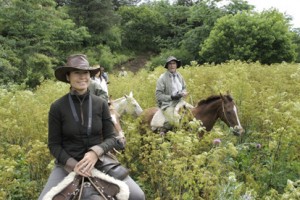
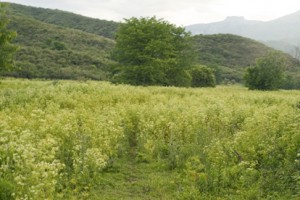 the horses pass through this field of 2meters high hemlock, hears backwards, with the worse feeling ever.
the horses pass through this field of 2meters high hemlock, hears backwards, with the worse feeling ever.
